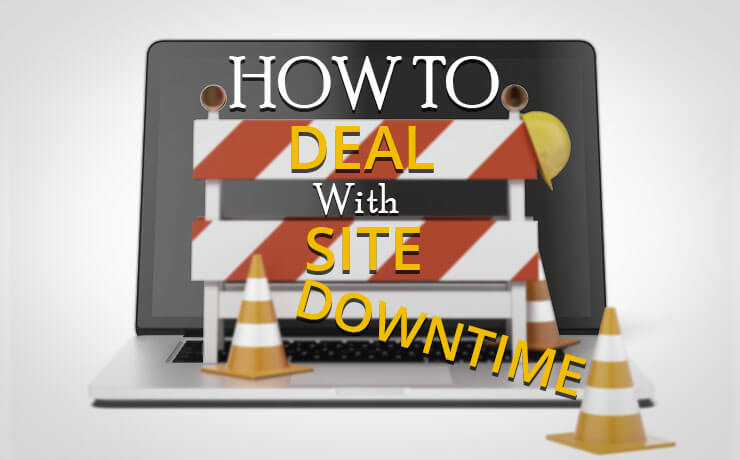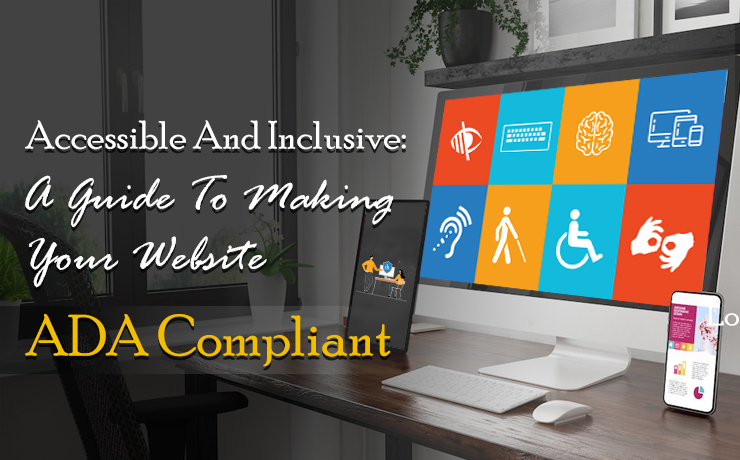How To Deal With Site Downtime

Chad Faith
Director of Content

When your site goes down, this can be a highly distressing and upsetting experience for any webmaster, online business owner or blogger. After working tirelessly on a website to try and ensure it ranks highly in Google and gets lots of traffic, to then have it disappear from the net for hours at a time can be frustrating to say the least. And all you can think about during the time is all the people who are probably trying to load your site and not getting anywhere. Let’s face it, those people aren’t all that likely to come back if they’re first time visitors.
But in this scenario, there’s no point getting upset – that isn’t going to accomplish anything. Instead, you need to think about how you can make the most of a bad situation and minimize any potential damage caused by the downtime. Read on and we’ll look at how you should be dealing with site downtime of both the planned and unplanned kinds.
Planned Downtime
If you planned the downtime, then you probably had a good reason for doing so. As such, the most important thing to do is to focus on completing the task at hand (most likely site maintenance) and to get back up and running as quickly as possible.
Meanwhile, it’s also important to ensure that you prepare for the downtime well by informing visitors and robots that the shutdown is temporary and that you’ll be back soon. This is very important, because site downtime can impact your SEO. Here’s some more information on preparing for maintenance.
Unplanned Downtime
More worrying is the downtime that you didn’t plan. In this case you don’t know how long your site is going to be gone for and you won’t be able to control what visitors see in the meantime.
Your first course of action should be to diagnose the cause of the problem. Step one here is to try logging into your server. This will tell you immediately whether the problem is that your server has gone down, or whether the issue is with your website.
If you can get into your server and the issue is with your website, then you should quickly upload something new to show your visitors in the interim while you diagnose the issue. If you have a WordPress site, then there are several common issues that could be causing the problem. Conflicting plugins are one common problem, for example. Otherwise, you might want to get your website designers or your IT team to take a look.
On the other hand, if it is your server that has gone down, then you should call your hosting company as soon as possible. You might find that you alert them to an issue that they weren’t aware of that they can fix. If that’s not it, they may at least be able to explain what’s going on and give you an estimated time for a solution.
If this isn’t the first time your site has gone down, then you should ask for reassurance that it isn’t going to happen again. Otherwise, you may want to consider moving to a new web hosting service that is reliable. While you wait, inform your customers and fans that your site is temporarily down through social media and provide them with an alternative means of getting in touch with you.









